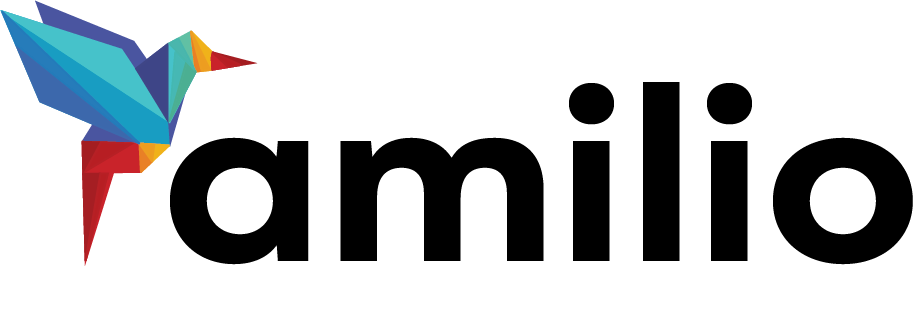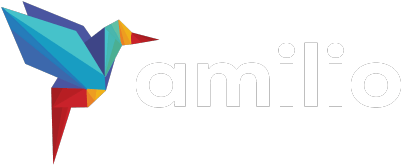Article
Web Accessibility and Blogging in the European Union: A 2025 Perspective
In 2025, the European Union's strengthened accessibility regulations are reshaping how bloggers approach content creation, making inclusivity a legal and ethical priority. As accessibility becomes an integrated part of digital publishing, thoughtful tools and practices are enabling creators to build more inclusive, user-friendly experiences for all.
20 March 2025 • 4 min read
Related
Read me
The New Standard for Digital Inclusion
As digital communication continues to shape public discourse, blogs remain one of the most influential and accessible formats for individuals and organizations to share insights, stories, and information. In the European Union, 2025 marks a pivotal moment for how these digital spaces are built and maintained—particularly when it comes to web accessibility.
Web accessibility, by definition, ensures that online content and services are usable by everyone, regardless of physical or cognitive ability. In practice, this means that a blog post should be as easy to navigate for a blind screen reader user as it is for someone accessing it on a standard device. While these considerations were once seen as optional enhancements, the regulatory landscape in the EU is making them essential.
The Legal Landscape: EAA in 2025
The European Accessibility Act (EAA), which came into full effect in June 2025, is reshaping expectations across the private digital sphere. Unlike the earlier Web Accessibility Directive, which primarily targeted public sector websites, the EAA expands obligations to many private entities, including blogs and content-driven sites that engage in commercial activity—whether through advertising, subscriptions, or affiliated products. This shift compels even small-scale bloggers and niche content creators to take a closer look at the structural and functional accessibility of their sites.
Rethinking Content Creation for All Users
What’s particularly notable in this new context is how deeply accessibility is becoming embedded into the content creation workflow. Bloggers now need to think not just about what they’re saying, but how they’re presenting it. Ensuring clear semantic structure in their HTML, describing images for screen readers, using sufficient color contrast, and making content navigable by keyboard are no longer best practices—they are requirements. And while compliance is the catalyst, the true motivation often runs deeper: the desire to connect meaningfully with every reader.
Tools Behind the Curtain
The change isn't happening in isolation. Across the EU, there’s been a quiet but noticeable shift in the digital tools and frameworks that support accessible content. From the back-end systems used to build and maintain blogs, to the analytics tools that help creators understand user engagement, accessibility is becoming an integrated feature rather than an add-on. This evolution reflects a growing awareness that accessibility improves user experience universally—not just for those with disabilities.
Behind many of these improvements are solution providers focused on simplifying accessibility for creators. They are not always in the spotlight, but their tools often power the seamless experiences that readers now expect. These solutions don't just audit content; they assist in maintaining long-term compliance and usability, subtly guiding creators through accessible design without burdening them with technical overhead.
Looking Forward: Accessibility as an Ongoing Practice
As accessibility standards continue to evolve—particularly with the increasing adoption of WCAG 2.2 and beyond—bloggers are finding that accessibility is not a one-time project but a continuous process. Staying ahead means thinking proactively about how digital spaces are experienced by a diverse range of users. Fortunately, with thoughtful integration of accessibility practices and supportive technologies, this process becomes less of a hurdle and more of a natural part of digital craftsmanship.
The Inclusive Future of Blogging
The European Union’s stance in 2025 makes one thing clear: the future of online content is inclusive by design. For bloggers, this is an opportunity not just to meet legal obligations, but to align with the broader movement toward a more equitable digital world. The blogs that thrive in this new landscape will be those that recognize accessibility not as a limitation, but as a creative and ethical imperative—one that elevates content and connects communities.
Tags
To find the solution that is best suited for your needs



